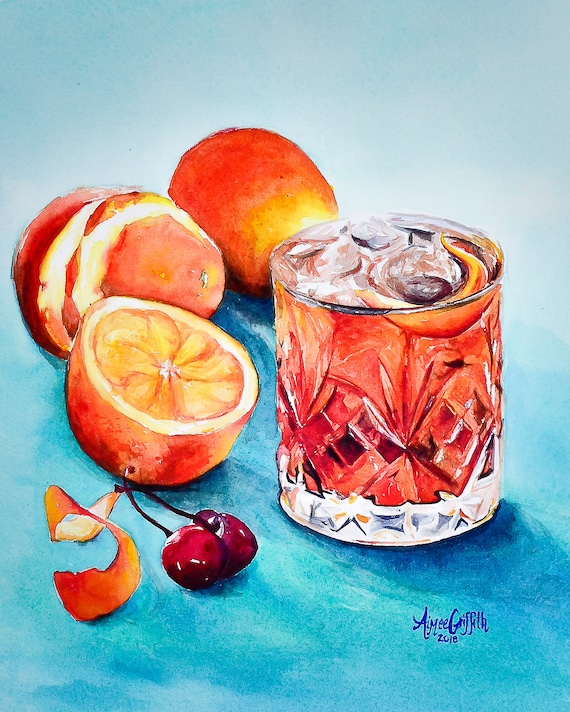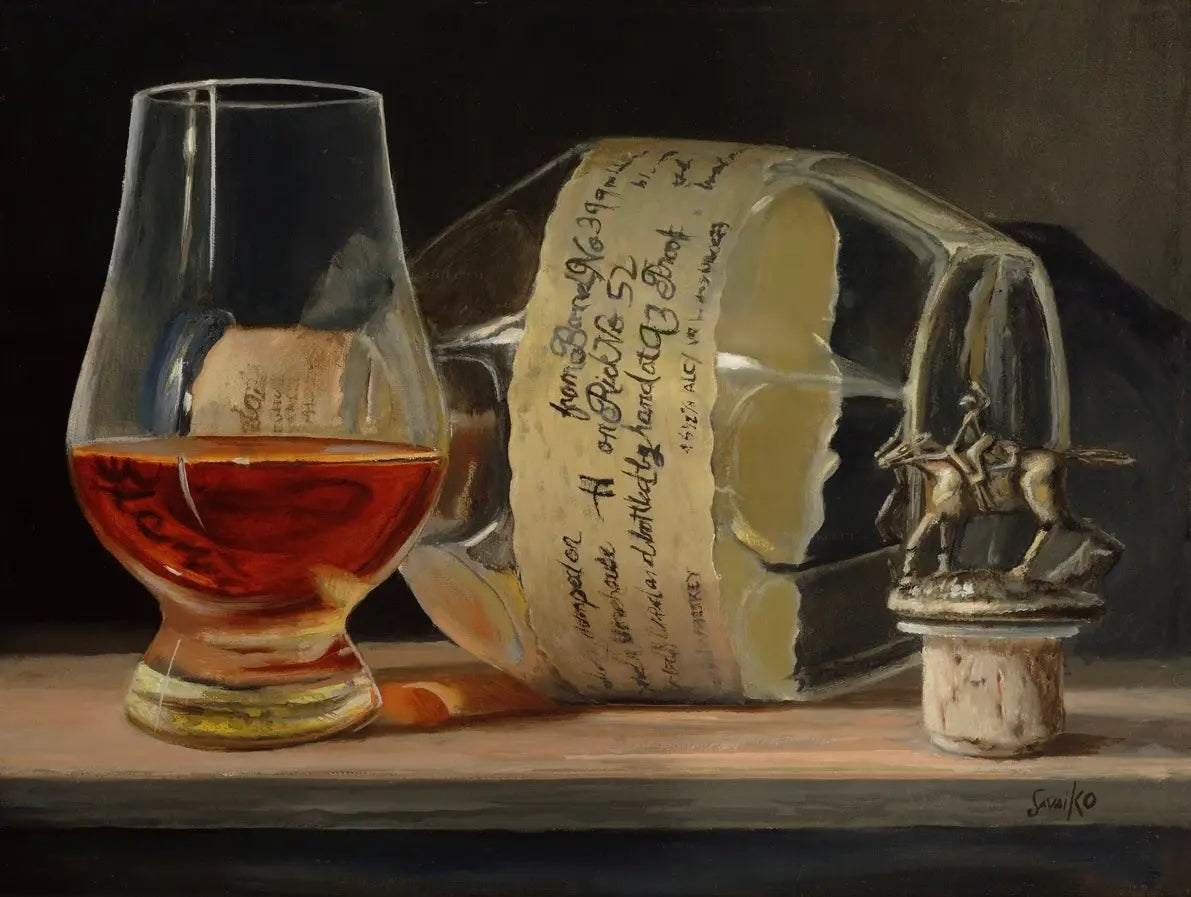Bourbon Art in Contemporary Culture: Where Practice Satisfies Advancement
Bourbon Art in Contemporary Culture: Where Practice Satisfies Advancement
Blog Article
The Value of Whiskey Art in Celebrating Heritage and Craftsmanship in the Beverage Sector
The intricate partnership in between bourbon art and the party of heritage and craftsmanship within the drink sector can not be overemphasized. Through attentively created containers and labels, scotch brands encapsulate their historical roots and the artisanal abilities that specify their manufacturing techniques. This artistic dimension not just enhances market charm however additionally functions as an avenue for cultural storytelling, fostering a deeper link in between the consumer and the craft. As we discover the various elements of this topic, fascinating concerns about the influence of modern-day patterns on typical techniques emerge, prompting further examination.
The Historical Origins of Whiskey
At the heart of bourbon's allure lies a rich tapestry of historic roots that trace back to old civilizations. The beginnings of scotch can be linked to the purification techniques of the Sumerians and Babylonians around 2000 BCE, where early forms of fermented grain beverages started to arise. However, it was in the Center Ages that the art of distillation developed dramatically, especially in Ireland and Scotland, resulting in the creation of bourbon as we know it today.
The term "whiskey" itself obtains from the Gaelic word "uisce beatha," meaning "water of life." This phrase emphasizes the social importance of bourbon in Celtic cultures, where it was often related to rituals, parties, and communal bonding. By the 15th century, purification became an acknowledged craft within monastic neighborhoods, leading the way for the facility of lawful distilleries.
As trade paths broadened, scotch's appeal grew, transcending local limits and catching the passion of aficionados worldwide. Bourbon Art. This historic trip reflects not only the workmanship behind whiskey manufacturing but additionally its indispensable function in social and social contexts, noting it as a significant beverage throughout background
Artistic Expression in Branding
Scotch branding stands as a compelling intersection of virtuosity and commerce, where visual identity plays a crucial role fit consumer understanding. The aesthetic appeals of bourbon labels, product packaging, and advertising and marketing products show not only the brand name's story yet also its core worths and heritage. Through imaginative expression, distilleries share a narrative that reverberates with consumers, stimulating emotions and stimulating connections.
Making use of color, typography, and imagery in branding serves to differentiate items in a saturated market. Conventional themes might stimulate a feeling of authenticity and workmanship, while modern-day styles can indicate advancement and forward-thinking. This calculated artistic direction boosts brand name acknowledgment and commitment, enabling customers to build an individual partnership with the whiskey they pick.
In addition, artistic expression in branding frequently offers as an event of regional heritage. Distilleries regularly integrate regional signs or historic references into their layouts, creating a local color that invites consumers to take part in a more comprehensive cultural experience. Ultimately, the creativity behind whiskey branding not just boosts aesthetic allure yet likewise enhances the general story of the brand, cultivating a deeper recognition for the workmanship and heritage ingrained in each bottle.
Craftsmanship in Bottle Layout
The artistry evident in whiskey branding prolongs beyond visual identity to encompass the craftsmanship associated with container style. Each container offers as a vessel not simply for the spirit within, however also for the story it outlines its quality, custom, and origin. The style procedure requires careful focus to information, as components such as shape, product, and closure contribute substantially to the general assumption of the scotch.
Craftsmanship in bottle style entails selecting premium glass that can improve the bourbon's color and clarity, while likewise giving a responsive experience for the customer. The silhouette of the container must be both visually attractive and practical, frequently showing the heritage of the brand. Numerous distilleries choose for special forms or printed logo designs that stimulate a sense of authenticity and history.
Moreover, the tag style and typography play an important role in interacting the brand's story. Limited Edition. A well-crafted container not only astounds the customer's eye however also reinforces the brand name's dedication to top quality and tradition. In this means, the workmanship of bottle layout comes to be a crucial aspect of the bourbon experience, merging virtuosity with a profound regard for heritage
Social Importance of Whiskey Art
Celebrating tradition and craftsmanship, the social significance of scotch art goes beyond simple aesthetic appeals, intertwining with the social and historic narratives of the areas where it stems. Each bottle functions as a canvas, illustrating the distinct tales, folklore, and traditions that have formed neighborhood whiskey-making practices. The complex designs frequently show the heritage of the distillers, including signs and concepts that resonate with the culture and values of their communities.

Furthermore, bourbon art plays a crucial role in common events and celebrations, functioning as a substantial web link in between individuals and their shared experiences. By appreciating the virtuosity in bourbon product packaging, consumers cultivate a deeper understanding and respect for the craft, inevitably enhancing their pleasure of the drink itself.
Modern Trends in Scotch Presentation
In current years, the discussion of bourbon has evolved to reflect contemporary tastes and trends while still recognizing traditional workmanship - Limited Edition. Distilleries are significantly concentrating on aesthetic aspects that boost the general drinking experience, connecting the gap between heritage and modernity
Innovative bottle layouts have actually emerged, commonly integrating sustainable materials and creative labels that inform compelling stories. Many brand names now work together with neighborhood artists, instilling their items with unique aesthetic expressions that resonate with customers. Additionally, limited-edition releases are frequently packaged in collectible containers, adding value and allure for connoisseurs.

Conclusion
To conclude, bourbon art offers as an essential avenue for revealing the heritage and workmanship integral in the drink industry. With intricate branding, cutting-edge bottle layouts, and culturally substantial creative aspects, scotch brand names successfully honor their traditions and get in touch with consumers. This creative narrative not just raises the recognition of bourbon but additionally strengthens community identification and satisfaction amongst manufacturers. Inevitably, whiskey art plays a crucial function in preserving and celebrating the rich social tapestry of whiskey-making.


Workmanship in bottle style includes choosing high-grade glass that can enhance the scotch's shade and clearness, while also offering a tactile experience for the customer. In this way, the craftsmanship of container layout ends up being a vital element of the whiskey experience, merging virtuosity with an extensive respect for heritage.
In final thought, scotch art serves as a crucial channel for sharing the heritage and workmanship inherent in the drink sector.
Report this page